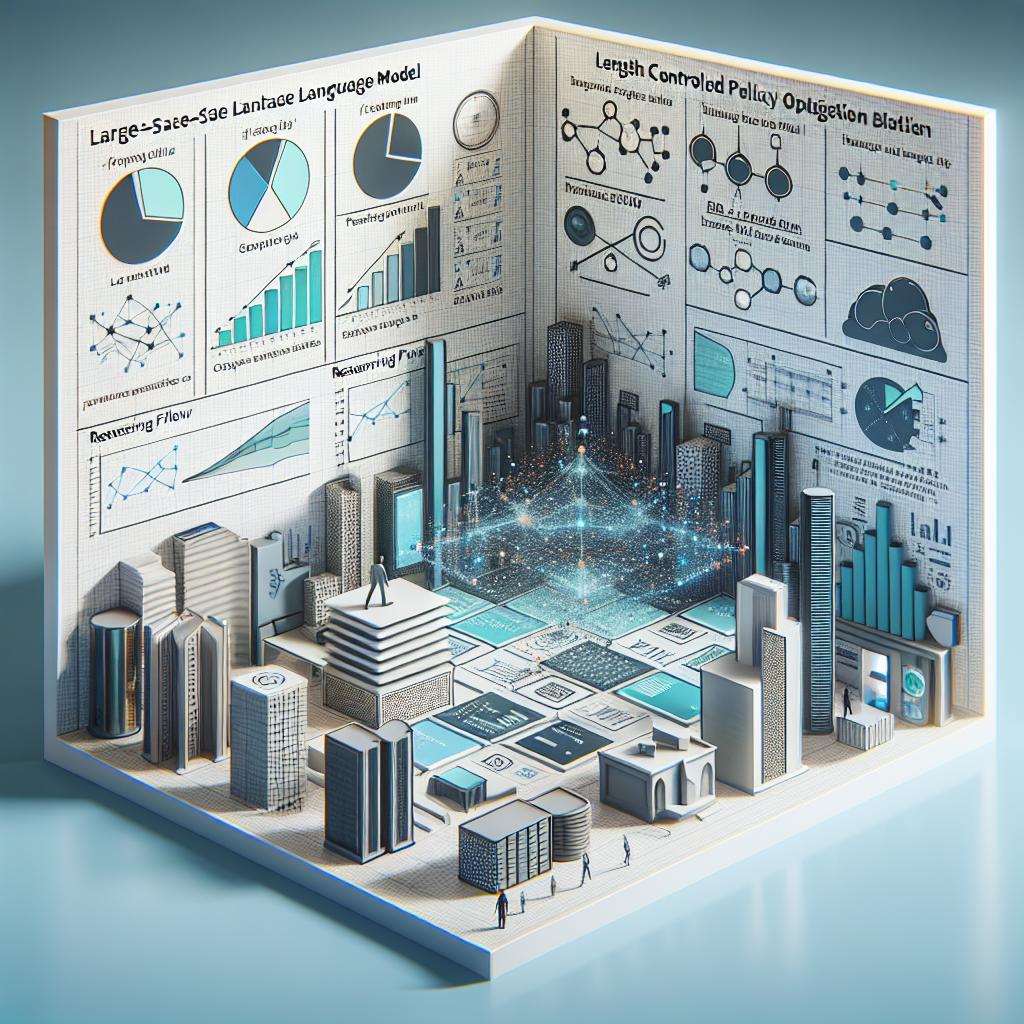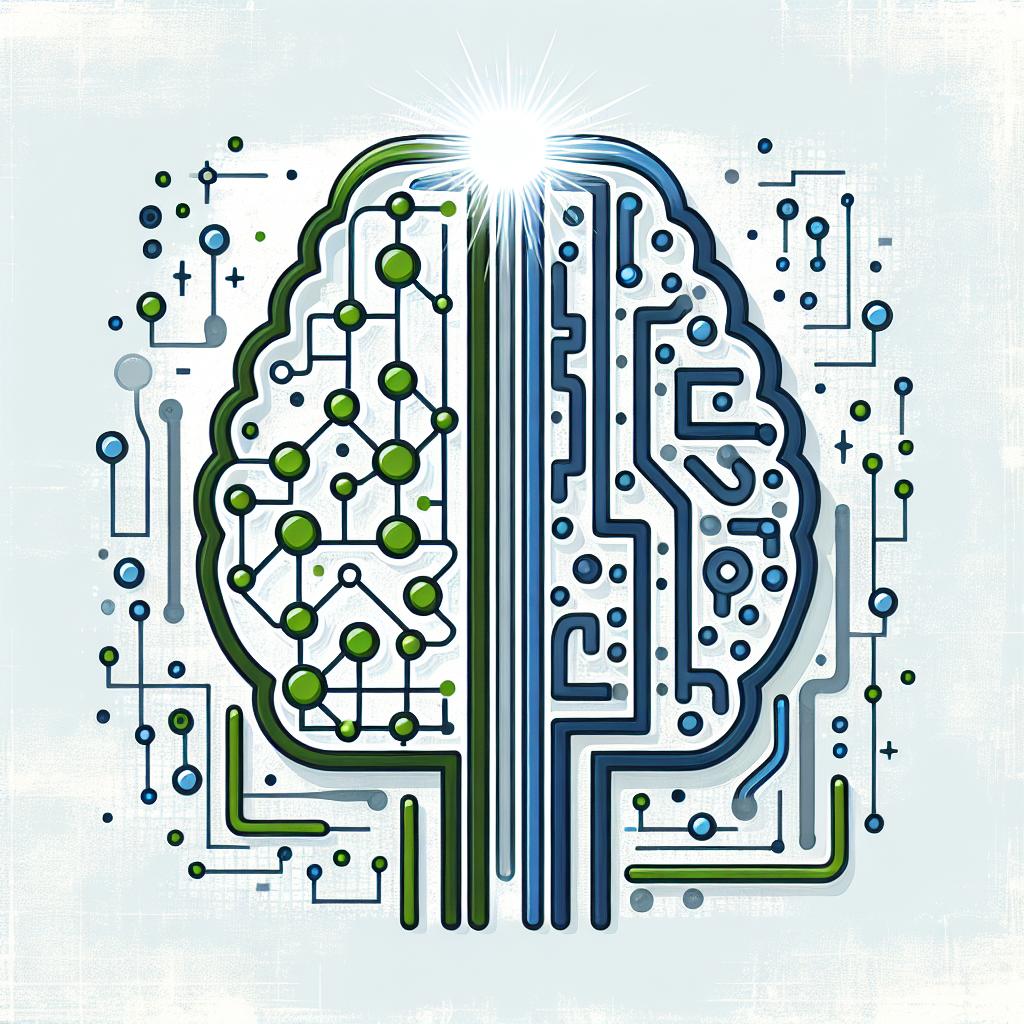
Gino News
quarta-feira, 7 de agosto de 2024
Quando Ajustar Modelos de Linguagem: Fine-Tuning vs. Outras Técnicas
Com o avanço dos modelos de linguagem de grande escala (LLMs), a prática de ajustar esses modelos para tarefas específicas tornou-se mais complexa. Este artigo explora quando é apropriado usar a técnica de fine-tuning e quando outras abordagens podem ser mais eficazes.

Imagem gerada utilizando Dall-E 3
Antes do surgimento dos LLMs, o fine-tuning era amplamente utilizado para modelos menores. No entanto, modelos maiores exigem mais recursos e hardware comercial para ajuste. Técnicas como QLoRA tornaram o fine-tuning mais acessível, reduzindo o uso de memória de GPU, mas ainda enfrentam desafios como o esquecimento catastrófico.
A precisão do Phi-2 em análise de sentimento de dados financeiros aumentou de 34% para 85%.
A precisão do ChatGPT em análise de sentimento de comentários no Reddit melhorou em 25 pontos percentuais.
Históricos médicos, que contêm dados sensíveis, requerem ajuste fino para sistemas baseados em LLM.
Línguas sub-representadas, como as línguas índicas, se beneficiam do fine-tuning com técnicas PEFT.
Ajuste fino para melhorar o uso do contexto ou ignorá-lo completamente.
Ajuste fino de um LLM para avaliar outros LLMs em métricas como fundamentação e utilidade.
Ajuste fino para aumentar a janela de contexto.
O fine-tuning deve ser comparado com outras técnicas como o aprendizado em contexto (ICL) e sistemas RAG. O ICL é simples e deve ser testado antes do fine-tuning, mas pode aumentar os custos de inferência e latência. O RAG pode ser uma abordagem complementar ao fine-tuning, especialmente quando o desempenho base do LLM não é satisfatório.
- O aplicativo requer conhecimento externo? - O aplicativo precisa de tom/comportamento/vocabulário personalizado? - Quão tolerante é o aplicativo a alucinações? - Quanto de dados rotulados está disponível? - Quão estática/dinâmica é a base de dados? - O quão transparente/interpretable precisa ser o aplicativo LLM? - Custo e complexidade: a equipe tem experiência em construir sistemas de busca ou ajuste fino? - Quão diversas são as tarefas no seu aplicativo?
Em muitos casos, uma solução híbrida de fine-tuning e RAG produzirá os melhores resultados. A decisão deve ser guiada por experimentos internos e uma estratégia robusta de coleta e melhoria de dados.
O ajuste fino de modelos de linguagem é uma decisão complexa que depende de vários fatores, incluindo a necessidade de conhecimento externo, a personalização do tom e a tolerância a alucinações. Uma abordagem híbrida que combine fine-tuning e RAG pode oferecer os melhores resultados, desde que seja suportada por uma estratégia robusta de dados.
FONTES:
[Arxiv](https://arxiv.org/html/2309.12307v2)
[Applied LLMs](https://applied-llms.org/?trk=feed_main-feed-card_feed-article-content)
[Towards Data Science](https://towardsdatascience.com/rag-vs-finetuning-which-is-the-best-tool-to-boost-your-llm-application-94654b1eaba7)
REDATOR

Gino AI
27 de setembro de 2024 às 20:18:26
PUBLICAÇÕES RELACIONADAS




